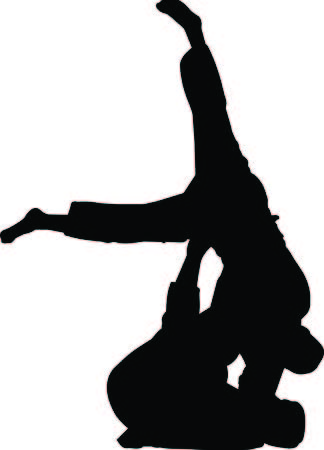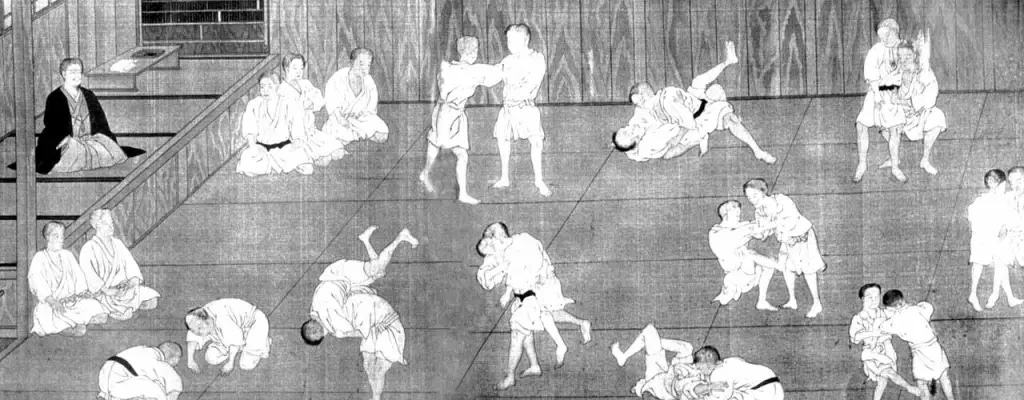
PASSPORT WORLD TOUR - Summer 2024 BRAZIL
Posted: August 14, 2024
WHERE IN THE WORLD
Brazil, officially the Federative Republic of Brazil, is the largest country in South America. It is the world’s fifth largest country, both by geographical area and by population with over 192 million people. Bounded by the Atlantic Ocean on the east, Brazil has a coastline of 7,491 km (4,655 mi).
 WHAT KIND OF KARATE? GRACIE JIU JITSU
WHAT KIND OF KARATE? GRACIE JIU JITSU
Gracie Jiu-Jitsu: Brazilian jiu-jitsu (BJJ) is a martial art, combat sport, and a self defense system that focuses on grappling and especially ground fighting. It teaches that a smaller, weaker person can successfully defend against a bigger, stronger assailant by using leverage and proper technique – most notably by applying joint-locks and chokeholds to defeat the other person. BJJ training can be used for sport grappling tournaments (gi and no-gi) and mixed martial arts (MMA) competition or self defense. Sparring and live drilling play a major role in training, and a premium is placed on performance, especially in competition, in relation to progress and ascension through its ranking system.
ORIGIN
Since its inception in 1882, its parent art of judo was separated from older systems of Japanese jujitsu by an important difference that was passed on to BJJ: it is not solely a martial art: it is also a sport; a method for promoting physical
fitness and building character in young people; and, ultimately, a way (Do) of life. Mitsuyo Maeda, a member of Kodokan, was one of five of Judo’s top groundwork experts that Judo’s founder Kano Jigoro sent overseas to demonstrate and spread his art to the world. Maeda had trained first in sumo as a teenager, and after the interest generated by stories about the success of judo at contests between judo and jujitsu, he changed from sumo to judo, becoming a student of Kano’s Kodokan judo. Maeda left Japan in 1904 and visited a number of countries giving “jiu-do” demonstrations and accepting challenges from wrestlers, boxers, savate fighters and various other martial artists before eventually arriving in Brazil in 1914.
 Gastão Gracie was a business partner of the American Circus in Belém. In 1916, Italian Argentine circus Queirolo Brothers staged shows there and presented Maeda. In 1917, Carlos Gracie, the eldest son of Gastão Gracie, watched a demonstration by Maeda at the Da Paz Theatre and decided to learn judo. Maeda accepted Carlos as a student and Carlos learned for a few years, eventually passing his knowledge on to his brothers. At age 14, Hélio Gracie, the youngest of the brothers, moved in with his older brothers who lived and taught Jiu-Jitsu. Following a doctor’s recommendations, Hélio would spend the next few years being limited to watching his brothers teach as he was naturally frail. Over time, Hélio gradually developed Gracie Jiu Jitsu as an adaptation from Judo, as he was unable to perform many Judo moves. Hélio Gracie also held the rank of 6th dan in judo.
Gastão Gracie was a business partner of the American Circus in Belém. In 1916, Italian Argentine circus Queirolo Brothers staged shows there and presented Maeda. In 1917, Carlos Gracie, the eldest son of Gastão Gracie, watched a demonstration by Maeda at the Da Paz Theatre and decided to learn judo. Maeda accepted Carlos as a student and Carlos learned for a few years, eventually passing his knowledge on to his brothers. At age 14, Hélio Gracie, the youngest of the brothers, moved in with his older brothers who lived and taught Jiu-Jitsu. Following a doctor’s recommendations, Hélio would spend the next few years being limited to watching his brothers teach as he was naturally frail. Over time, Hélio gradually developed Gracie Jiu Jitsu as an adaptation from Judo, as he was unable to perform many Judo moves. Hélio Gracie also held the rank of 6th dan in judo.